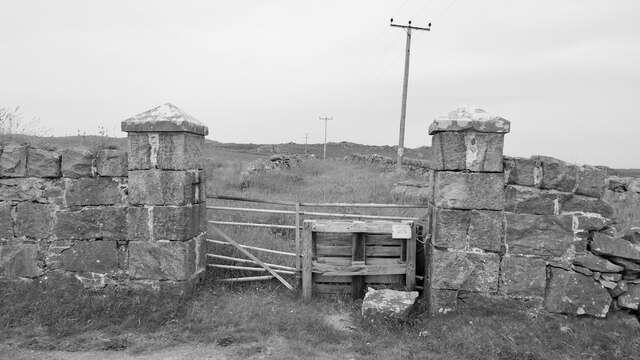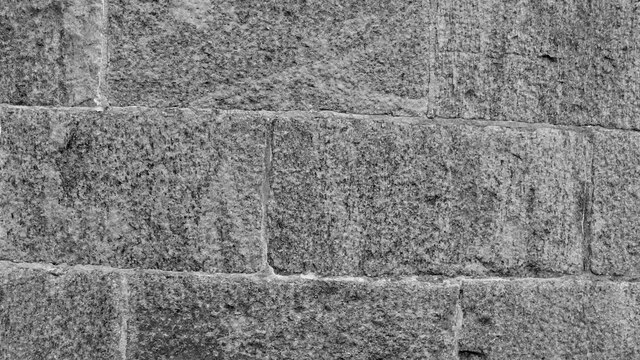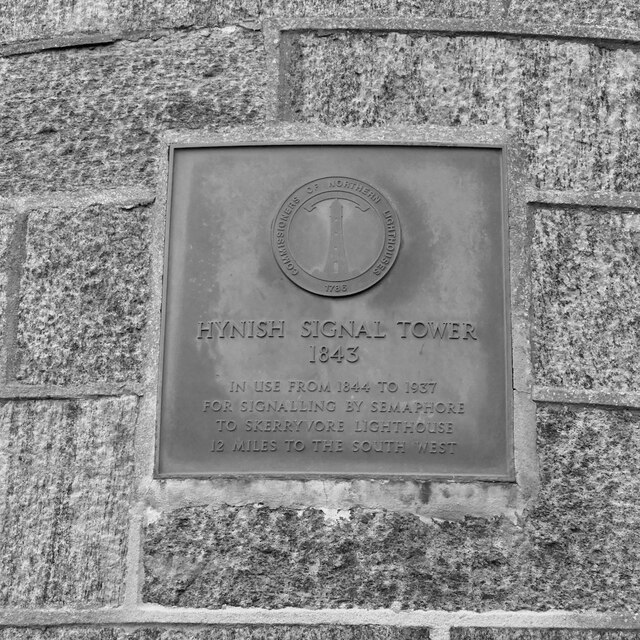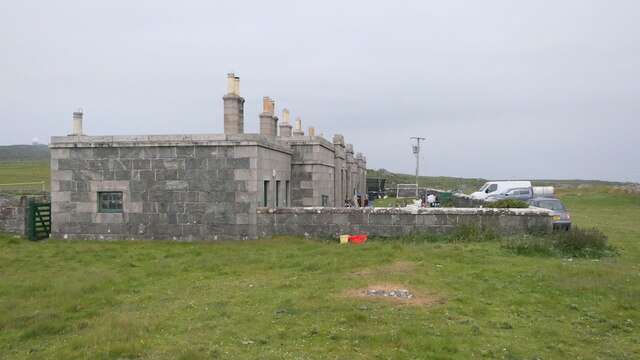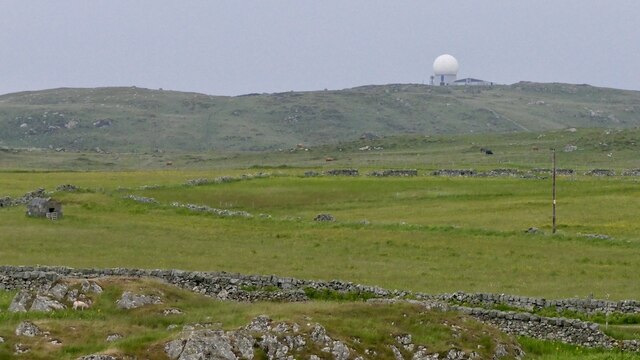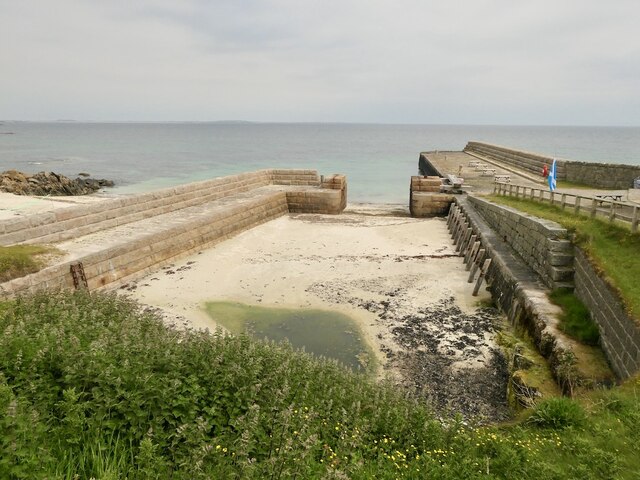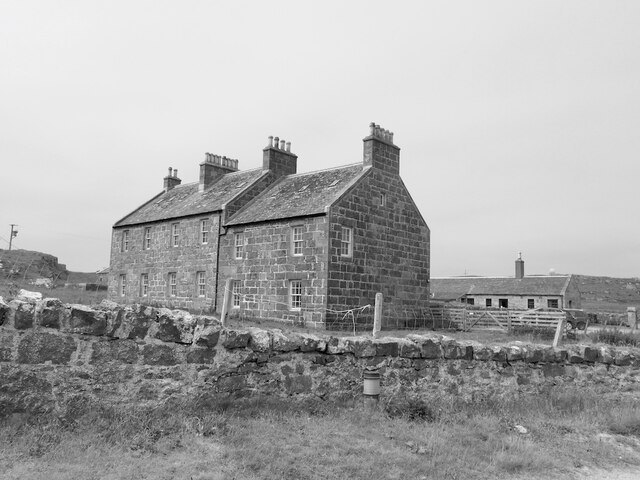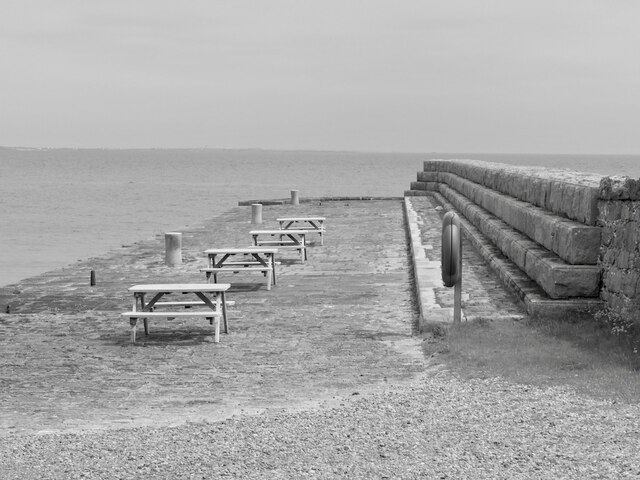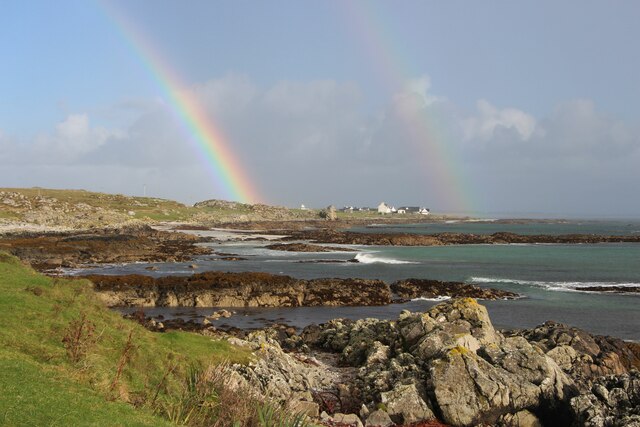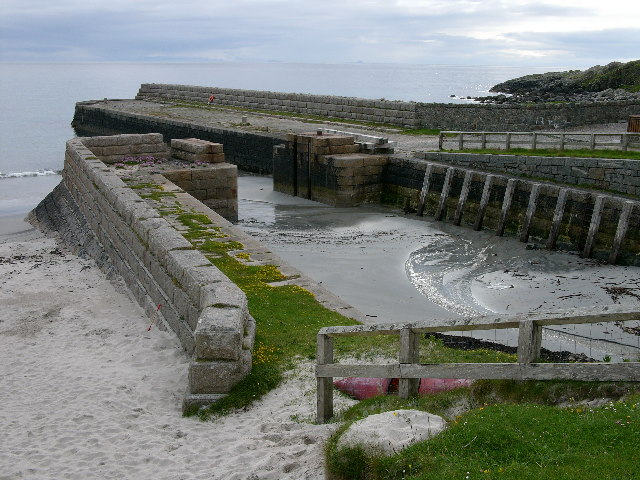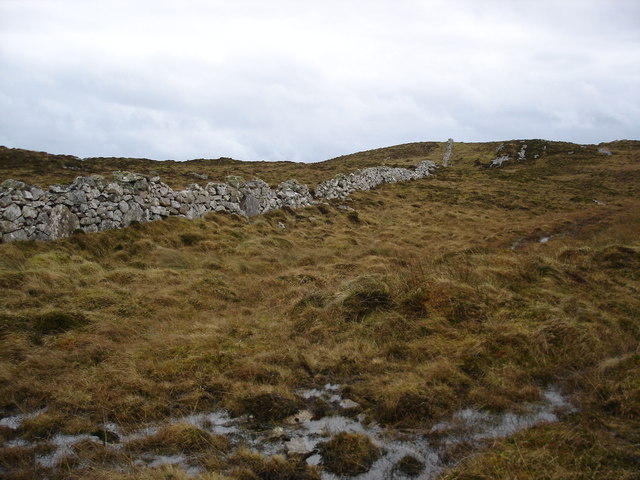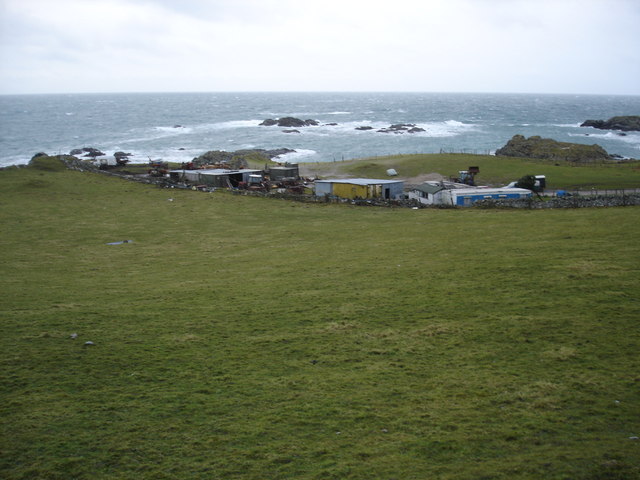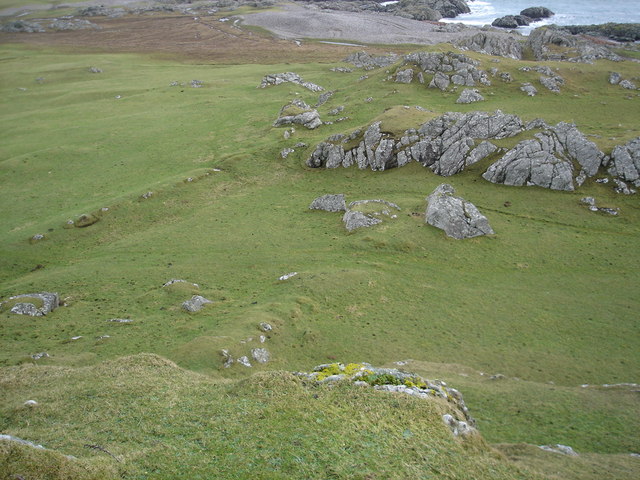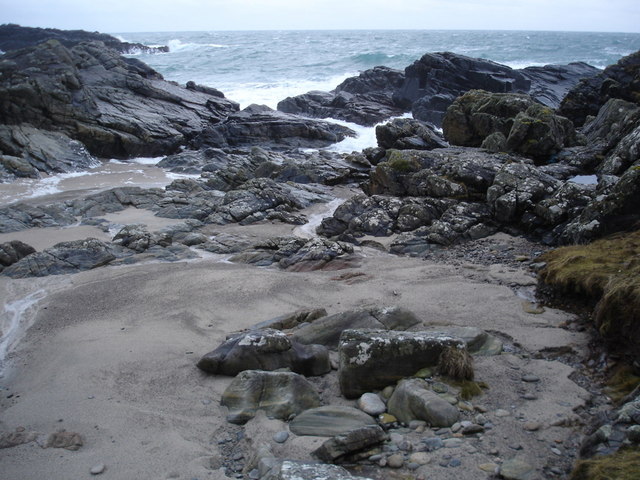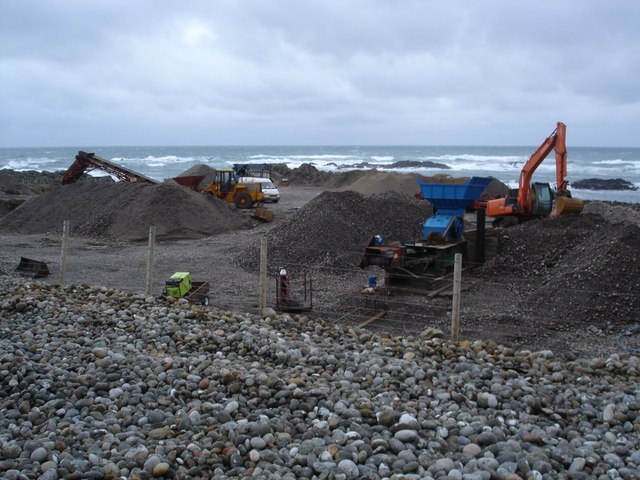Cnoc Leathan
Hill, Mountain in Argyllshire
Scotland
Cnoc Leathan
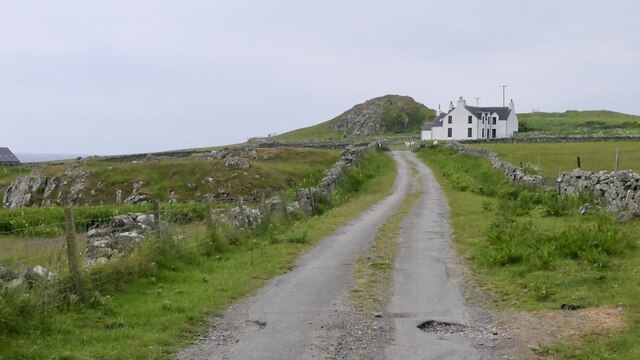
Cnoc Leathan is a prominent hill located in Argyllshire, Scotland. It is part of the stunning mountainous landscape that characterizes this region. Standing at an elevation of approximately 600 meters (1,970 feet), Cnoc Leathan offers breathtaking views of the surrounding area.
The hill is known for its distinctive shape, with a broad and rounded summit that gives it its name, which translates to "broad hill" in Gaelic. Its slopes are covered in heather, creating a vibrant purple hue during the summer months. The hill is also home to a diverse range of flora and fauna, including various species of birds and small mammals.
Cnoc Leathan is a popular destination for outdoor enthusiasts and hikers. Several trails lead to its summit, catering to different levels of difficulty and offering options for both experienced climbers and casual walkers. The ascent can be challenging in some sections, but the rewarding views from the top make it well worth the effort.
The hill is also steeped in history, with ancient remnants of settlements and structures scattered throughout its slopes. It is believed that Cnoc Leathan has been inhabited since prehistoric times, and archaeological discoveries have included stone tools and pottery fragments.
Overall, Cnoc Leathan in Argyllshire is a picturesque and historically significant hill, attracting visitors from near and far who seek to immerse themselves in the beauty of the Scottish landscape and uncover its rich cultural heritage.
If you have any feedback on the listing, please let us know in the comments section below.
Cnoc Leathan Images
Images are sourced within 2km of 56.447091/-6.9239311 or Grid Reference NL9639. Thanks to Geograph Open Source API. All images are credited.
Cnoc Leathan is located at Grid Ref: NL9639 (Lat: 56.447091, Lng: -6.9239311)
Unitary Authority: Argyll and Bute
Police Authority: Argyll and West Dunbartonshire
What 3 Words
///helpers.appoints.comments. Near Scarinish, Argyll & Bute
Nearby Locations
Related Wikis
Mannal
Mannal is a coastal hamlet on the west side of Hynish Bay, on the island of Tiree, Scotland. The township of Mannal lies on the southwest corner of Tiree...
Tiree Music Festival
Tiree Music Festival is a Scottish folk music festival held annually on the Island of Tiree in the Inner Hebrides. The festival was founded in 2010 by...
Tiree Airport
Tiree Airport (Scottish Gaelic: Port-adhair Thiriodh) (IATA: TRE, ICAO: EGPU) is located 2.5 nautical miles (4.6 km; 2.9 mi) north northeast of Balemartine...
Scarinish
Scarinish (Scottish Gaelic: Sgairinis [ˈs̪kaɾʲɪnɪʃ]) is the main village on the island of Tiree, in the Inner Hebrides of Scotland. It is located on the...
Nearby Amenities
Located within 500m of 56.447091,-6.9239311Have you been to Cnoc Leathan?
Leave your review of Cnoc Leathan below (or comments, questions and feedback).
